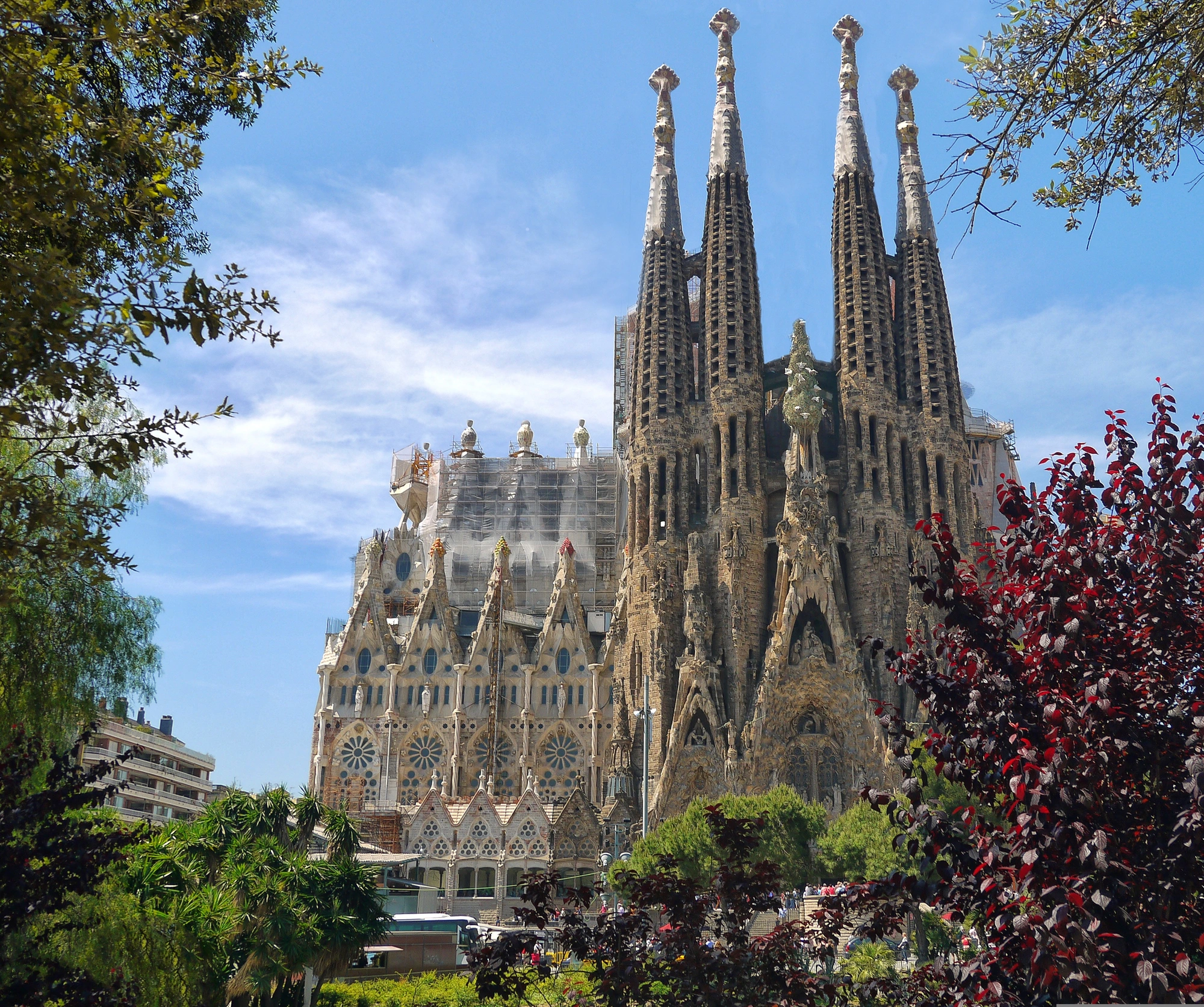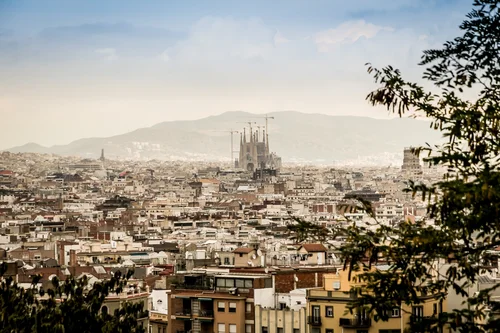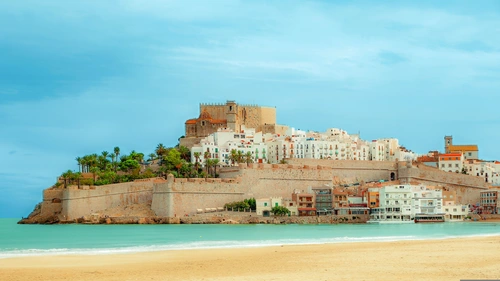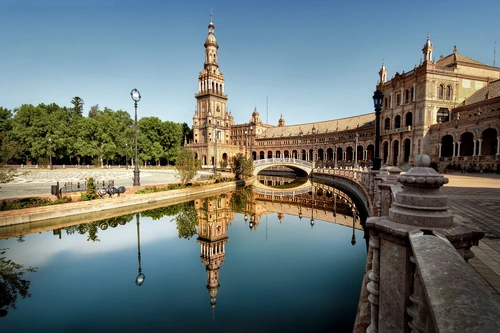Europe
Spain
Spain (España) is a European country known for its cultural diversity, historical heritage, beautiful landscapes and delicious cuisine. Its cities are filled with architectural wonders from medieval castles to modernist designs. It is home to a variety of climates and environments, from the sunny beaches of Andalusia to the snow-capped peaks of Sierra Nevada.
Frequently asked questions
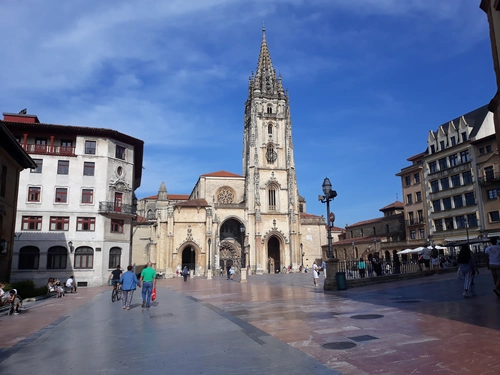
Oviedo
Oviedo, the capital city of the Principality of Asturias in northern Spain, is known for its medieval old town, the site of the Gothic Oviedo Cathedral with its 9th-century Holy Chamber. The Archaeological Museum of Asturias, housed in a nearby convent, displays regional artifacts. The University of Oviedo’s historic building features a courtyard with a Baroque fountain and a cloister.

La Gomera
La Gomera is one of Spain's Canary Islands, known for its rugged terrain, cliffs, and black-sand beaches. The island is a paradise for nature lovers, featuring Laurisilva forests in the Garajonay National Park, UNESCO World Heritage site. Visitors can enjoy hiking, whale watching, and tasting the local delicacy, Gofio.
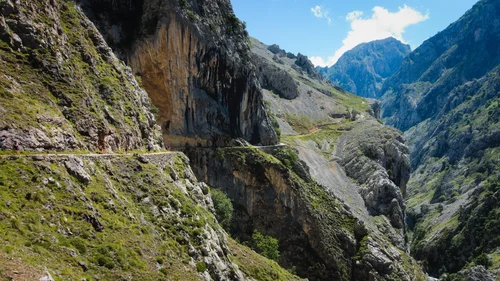
Picos de Europa
Picos de Europa is a stunning mountain range that stretches across three Spanish provinces: Asturias, Cantabria, and Castilla y Leon. It's one of Spain's most significant natural parks, renowned for its soaring peaks, deep river gorges, verdant valleys, and rich biodiversity. It offers myriad hiking and climbing opportunities, and it's also home to various species, including the Cantabrian brown bear and the Iberian wolf.

Barcelona
Barcelona, the cosmopolitan capital of Spain’s Catalonia region, is known for its art and architecture. The fantastical Sagrada Família church and other modernist landmarks designed by Antoni Gaudí dot the city. Museu Picasso and Fundació Joan Miró feature modern art by their namesakes. City history museum MUHBA, includes several Roman archaeological sites.

Formentera
Formentera is the smallest and more southerly island of the Balearic Islands archipelago in Spain. It is renowned for its crystal-clear waters and white sandy beaches that give it a tropical island feel. The island is quiet and peaceful with a slow-paced lifestyle. Visitors can explore natural parks, lighthouses, and stunning coastlines. Formentera also has a rich history, evident in its megalithic sites and traditional customs.
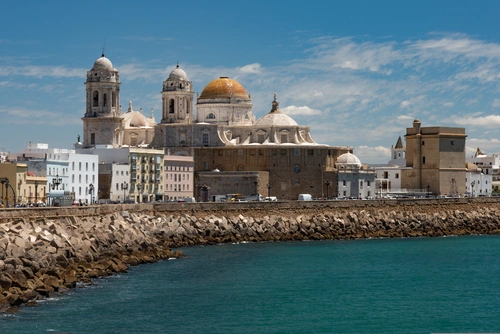
Cadiz
Cadiz, founded by the Phoenicians around 1100 BC, is one of the oldest continuously inhabited cities in Western Europe. With a rich history influenced by various civilizations, this Andalusian city is a treasure trove of architectural gems, featuring influences from the Moors, Romans, and Phoenicians. The old town is filled with narrow winding alleys leading to bustling plazas. Its varied gastronomy, vibrant festivities, and sunny climate make Cadiz a popular tourist destination.
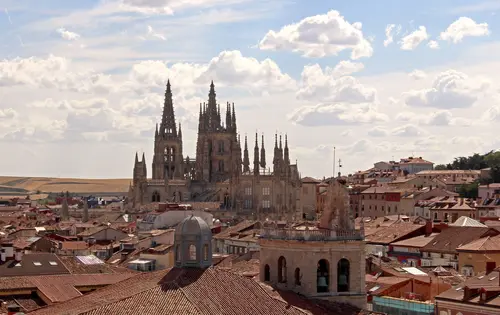
Leon
Leon, the capital of the province of Leon, is a city in the northwest of Spain that holds a rich history dated back to the Roman period. A visit to Leon allows you to experience the stunning historical architecture like Leon Cathedral, Casa Botines, and the Royal Pantheon. The city is also recognized for its vibrant nightlife and delicious traditional cuisine.
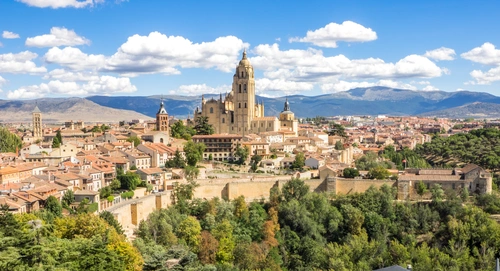
Segovia
Segovia is a picturesque old city with twisting alleyways, the highest concentration of Romanesque churches in all of Europe, pedestrian streets where no cars are allowed, all surrounded by its city wall and two rivers. It's a city to get lost in and discover something new and unexpected behind every corner.

Bilbao
Bilbao is the largest city in the Basque Country and the tenth largest in Spain, a bustling metropolis in a hilly part of the country’s north. It’s best known for the Guggenheim Museum Bilbao, which sparked the city’s regeneration and put it on the map as a tourist destination. Nowadays, Bilbao’s calendar is filled with festivals, exhibitions, concerts, gastronomic events, theatrical performances and more—the city really knows how to live. There’s plenty of old and new architecture to find, with the whole gamut of 20th-century styles on display.

Majorca
Majorca, also known as Mallorca, is the largest island in the Balearic Islands. Located in the western Mediterranean, Majorca is famous for its stunning beaches, crystal clear waters, and beautiful landscapes. The island is well known for its vibrant nightlife, particularly in the capital city, Palma, where visitors can explore the charming old town, the iconic Majorca Cathedral, and a range of upscale restaurants and bars.
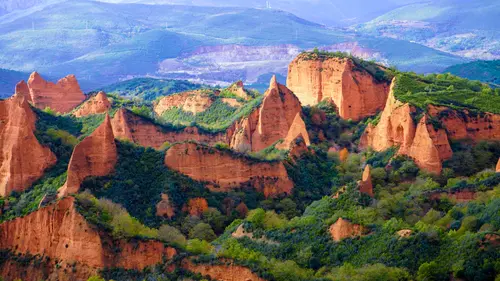
Las Médulas
Las Médulas is a historic gold-mining site near the town of Ponferrada in the region of El Bierzo, which used to be the most important gold mine in the Roman Empire. The spectacular landscape of Las Médulas resulted from the Romans mining technique, called 'ruina montium'.

Valencia
Valencia is the third largest city in Spain after Madrid and Barcelona. It's renowned for its City of Arts and Sciences, with futuristic structures, including a planetarium, an opera house, and a museum of interactive science. Valencia also boasts beautiful beaches, a charming old town, and a vibrant nightlife filled with culinary delights.
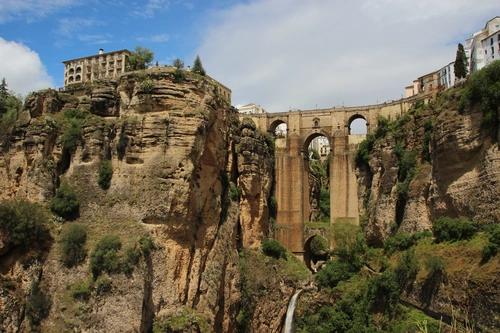
Ronda
Ronda is a mountaintop city in Spain’s Malaga province in Andalusia that’s set dramatically above a deep gorge. This gorge (El Tajo) separates the city’s circa-15th-century new town from its old town, dating to Moorish rule. Puente Nuevo, a stone bridge spanning the gorge, has a lookout offering views. New town’s Plaza de Toros, a legendary 18th-century bullring, is one of the city’s most recognizable landmarks.

Toledo
Toledo is a city located in central Spain and it is the capital of the province of Toledo and the autonomous community of Castilla–La Mancha. It is known as the 'City of the Three Cultures' due to the coexistence of Christians, Arabs, and Jews during the Middle Ages.

Frigiliana
Frigiliana is a picturesque Spanish town nestled in the mountains of the Costa del Sol region. This charming town is known for its whitewashed houses, winding narrow streets, and breathtaking views of the surrounding countryside and coastline. It's also home to a rich history that includes Moorish heritage. A walk through Frigiliana is like stepping back in time, with many of the town's buildings preserving their original medieval features.
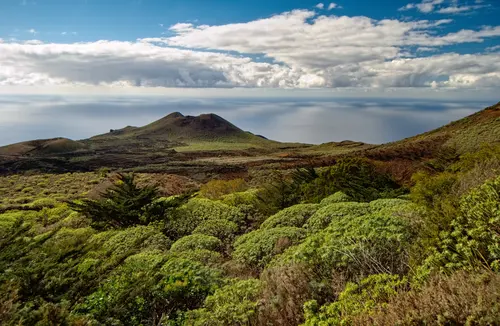
El Hierro
El Hierro, the smallest of the Canary Islands, is a paradisiacal location full of exceptional natural beauty. Dubbed the 'Meridian Island,' El Hierro is known for its volcanic terrain, underwater caves and marine diversity made visible through its crystal clear waters. Marinated in Canarian culture, its slow pace and rustic charm are music to the ears of those seeking tranquillity and peace.
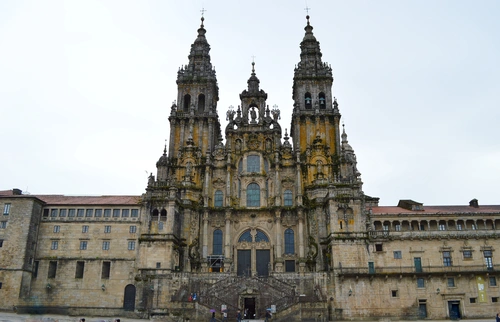
Santiago de Compostela
Santiago de Compostela is the capital of northwest Spain’s Galicia region. It's known as the culmination of the Camino de Santiago pilgrimage route, and the alleged burial site of the Biblical apostle St. James. His remains reputedly lie within the Catedral de Santiago de Compostela, consecrated in 1211, whose elaborately carved stone facades open onto grand plazas within the medieval walls of the old town.
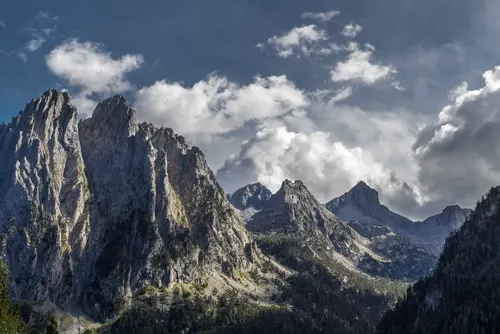
Estany de Sant Maurici
Estany de Sant Maurici is a beautiful lake located in the Aigüestortes i Estany de Sant Maurici National Park, in the province of Lleida, Catalonia, Spain. This tranquil, serene haven is surrounded by stunning mountainscape with lush, forested slopes, granted a UNESCO World Biosphere Reserve status. It's an ideal place for nature lovers offering opportunities for hiking, wildlife observing, and photography.

Seville
Seville, the capital of Andalusia, Spain, is famous for flamenco dancing, particularly in its Triana neighborhood. It's home to major landmarks such as the ornate Alcázar castle complex, built during the Moorish Almohad dynasty, and the 18th-century Plaza de Toros de la Maestranza bullring. The massive Gothic cathedral of Seville is the site of Christopher Columbus's tomb and a famous minaret turned bell tower, the Giralda.
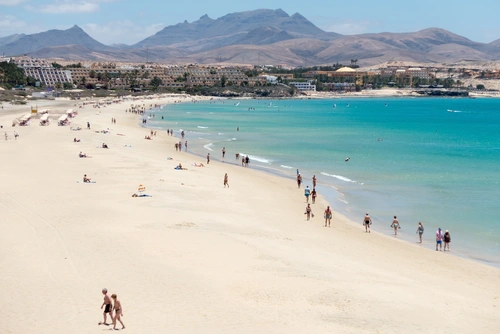
Fuerteventura
Fuerteventura, the second largest of Spain’s Canary Islands, is known for its vast sandy beaches and stunning, turquoise water. Its strong winds make it a popular destination for water sports, such as surfing, windsurfing, and kiteboarding. The island also offers beautiful nature trails and charming historical sites.

Ordesa y Monte Perdido
Ordesa y Monte Perdido National Park is located in the Pyrenees of Huesca, Aragón, Spain. Mountainous, green and brimming with wildlife, the park offers breathtaking scenery and a peace that fills the soul. The park is home to the Monte Perdido, the third highest mountain in the Pyrenees.
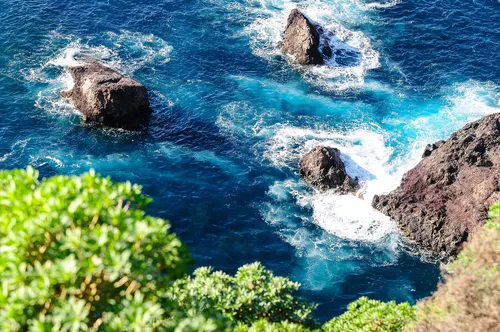
La Palma
La Palma is one of Spain's Canary Islands, off northwest Africa. It's known for its volcanic landscapes, lush forests and black-sand beaches. Its rugged, forested terrain is dotted with volcanoes like Roses, San Antonio, and Teneguía. The capital, Santa Cruz de la Palma, is a port town with narrow cobbled streets and houses with wooden balconies.
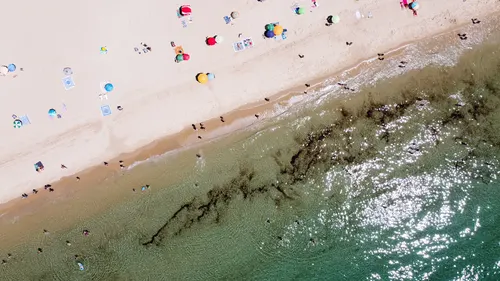
Tarifa
The southernmost town in continental Europe, Tarifa is famous for its wind and the resulting kite-surfing opportunities. Its proximity to Morocco and Strait of Gibraltar attract bird watchers as well as sea-life explorers. There's many hippie and surf shops around town.

Benidorm
Benidorm, located in Spain's Costa Blanca, is an energetic beach town known for its vibrant nightlife, old-world charm, and beautiful beaches including Levante Beach and Poniente Beach. Topping off a day on the sand with a night of vibrant cabaret shows or brimming nightclubs is a common practice in this spirited town.
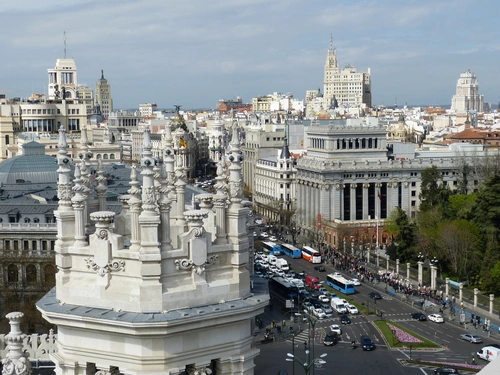
Madrid
Madrid, Spain's central capital, is a city of elegant boulevards and expansive, manicured parks such as the Buen Retiro. It’s renowned for its rich repositories of European art, including the Prado Museum’s works by Goya, Velázquez and other Spanish masters.

La Coruña
La Coruña is a bustling port city in northern Spain's Galicia region, known for its Roman lighthouse, the Tower of Hercules. The city's medieval old town, the Ciudad Vieja, is filled with narrow, winding streets and houses with glass-fronted balconies. It's also home to the hybrid Baroque-Romanesque Church of Santiago and the Old Wall ruins.

Tarragona
Tarragona is a port city located in northeast Spain on the Costa Daurada by the Mediterranean Sea. Known for its ancient Roman ruins, Tarragona is a treasure trove for archaeology and history enthusiasts. It offers a collection of Roman ruins, beaches, a beautiful cathedral, and a vibrant nightlife.
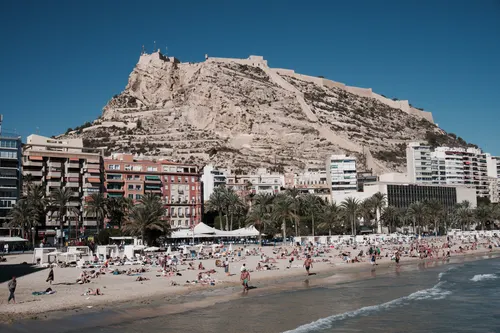
Alicante
Alicante is a city on the Valencian Community's Costa Blanca in southeastern Spain. It's known for its beautiful beaches, stunning architecture, and lively nightlife. The city's Santa Barbara Castle, perched on Mount Benacantil, offers incredible panoramic views. The city also boasts the enduringly popular Explanada de España promenade.
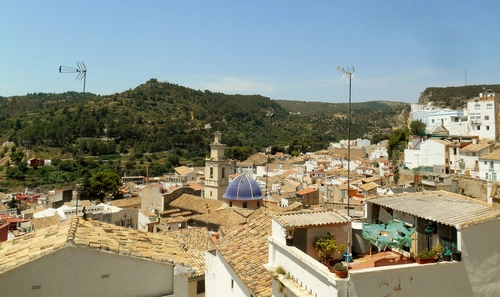
Buñol
Buñol is a beautiful, paradisiacal municipality in Spain, located in the province of Valencia. It is known for hosting the annual La Tomatina festival, which has gained international fame over the years. Its picturesque streets, exquisite local dishes and warm-hearted locals attract many visitors each year.
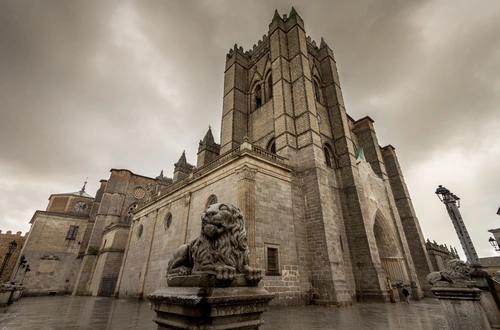
Avila
Avila, located in the Autonomous Community of Castile and León, Spain, is famous for its medieval city walls, which stand as one of the best-preserved in the world. Walk around the 2.5 kilometers of the city's historic walls and admire the stunning views of vast landscapes surrounding the city. Visit the gothic Avila Cathedral, home to a collection of religious art and an awe-inspiring altar. Don't forget to try the city’s famous dishes such as Chuletón de Ávila (a type of steak) and Yemas de Santa Teresa (egg yolk sweets).
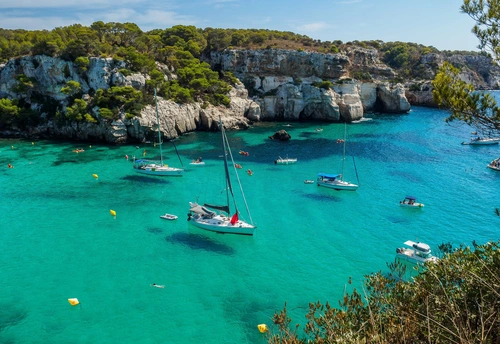
Minorca
Minorca is one of Spain's Balearic islands in the Mediterranean Sea. Known for its endless beaches, from miles-long sandy crescents to rocky, turquoise-watered bays called “calas.” It has a laid-back atmosphere and is less crowded than its neighbouring islands, making it a favorite for families and couples seeking tranquility and nature. The island is also dotted with ancient stone monuments by a prehistoric civilization.

Girona
Girona is a city in Spain's northeastern Catalonia region, beside the River Onyar. It's known for its medieval architecture, walled Old Quarter (Barri Vell) and the Roman remains of the Força Vella fortress. Landscaped gardens line the Passeig Arqueològic, a walkway following the Old Quarter's medieval walls, which include watchtowers with sweeping views.
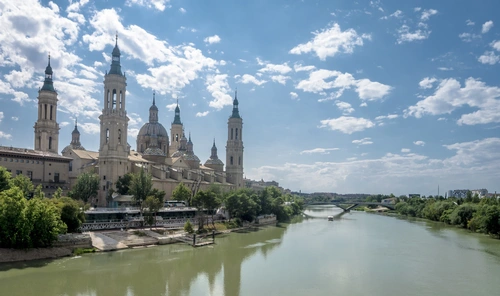
Zaragoza
Zaragoza is the capital city of the Zaragoza province and of the autonomous community of Aragon, Spain. It's located on the Ebro River, its tributaries the Huerva and the Gállego, and the Canal Imperial de Aragón, halfway between Madrid and Barcelona. Zaragoza is known for its folklore, local gastronomy, and landmarks such as the Basílica del Pilar, La Seo Cathedral and the Aljafería Palace.
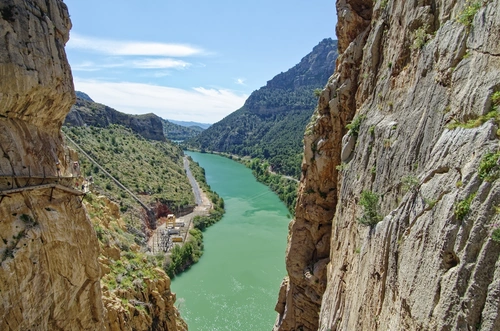
Caminito del Rey
Caminito del Rey is a cliff-side pathway hanging 100 metres above the Gaitanes Gorge in southern Spain. Once known as the world's most dangerous path, it has been restored and reopened for tourists. The route offers breath-taking views of the El Chorro Gorge, the Guadalhorce river valley, and the surrounding landscape of the province of Malaga.
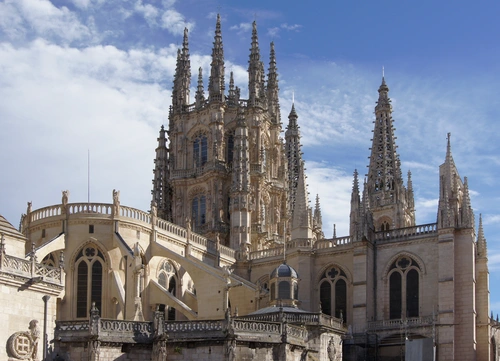
Burgos
Burgos, a city in northern Spain, is marked by its intact medieval architecture. Its most famous landmark is the French Gothic Cathedral of St. Mary, declared a UNESCO World Heritage Site. The city is also known for its culinary richness, particularly, the local blood sausage, morcilla de Burgos.
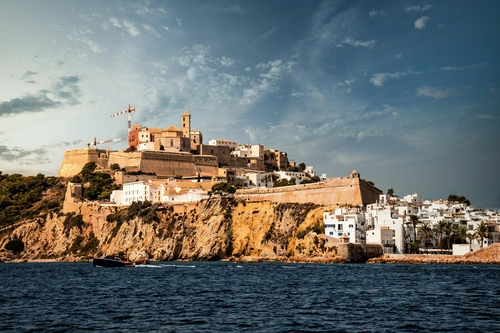
Ibiza
Ibiza is a Balearic island off the east coast of Spain. Known for its lively nightlife, Ibiza also offers numerous quiet villages, yoga retreats, and beaches, from Platja d'en Bossa lined with hotels and bars to quieter sandy coves backed by pine-clad hills

Sierra Nevada
Sierra Nevada, located in the Province of Granada in Spain, is Europe's southernmost ski station and the highest point of continental Spain. It's famed for its high peaks, clear air, and vistas stretching to the Mediterranean Sea. Besides skiing, the area is popular for hiking, mountain biking, and sightseeing.
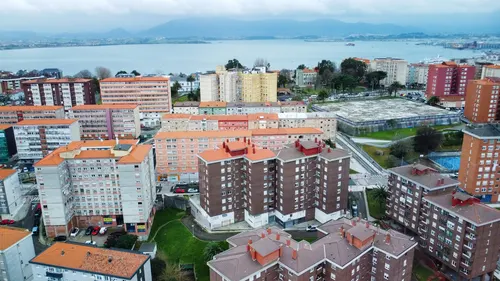
Santander
Santander is the capital of the autonomous community of Cantabria situated on the north coast of Spain. Known for its beautiful beaches, breathtaking nature, and historical significance, there is a lot to explore. Visitors can enjoy a walk along the stunning seafront promenade, visit the iconic Cathedral, and absorb the rich cultural heritage and vibrant nightlife.
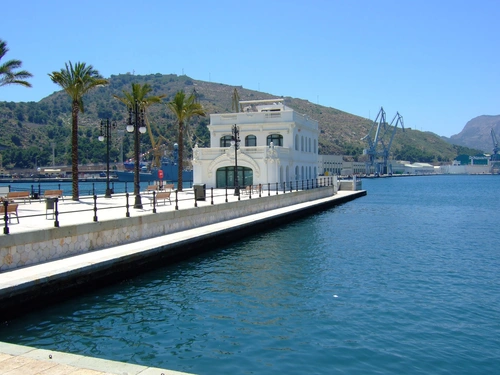
Cartagena
Cartagena is a Spanish port city and naval base in the Region of Murcia, by the Mediterranean coast, south-eastern Spain. The city is rich in history and boasts many remarkable archaeological remains. Among the many historical highlights, the Roman Theatre Museum, a marvelous reconstruction of a 2nd-century theatre, deserves special attention.
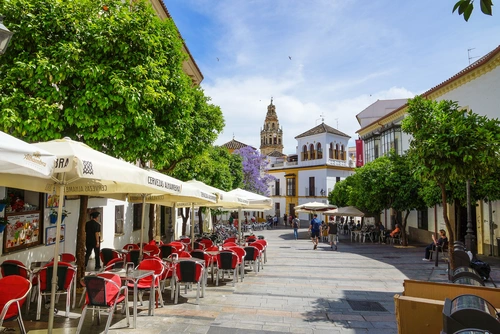
Cordoba
Córdoba is a city in Andalusia, southern Spain, and the capital of the province of Córdoba. It was a Roman settlement, then colonized by Muslim armies in the eighth century. It became the capital of the Islamic Emirate, and then of the Caliphate of Córdoba, including most of the Iberian Peninsula.
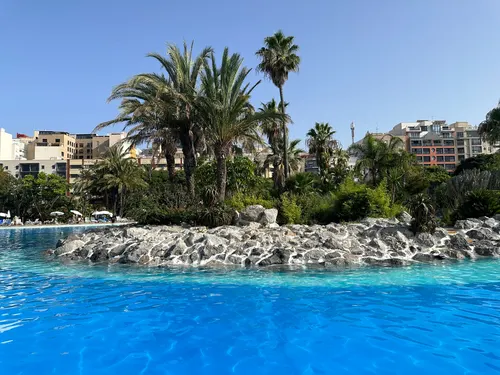
Ceuta
Ceuta is a Spanish autonomous city located on the northernmost tip of Africa, specifically on the Maghreb coast, bordering the Straits of Gibraltar. The area shares a land border with the Moroccan region of Tangier-Tetouan-Al Hoceima. It is known for its diverse cultural influences that fuse Spanish and North-African customs.
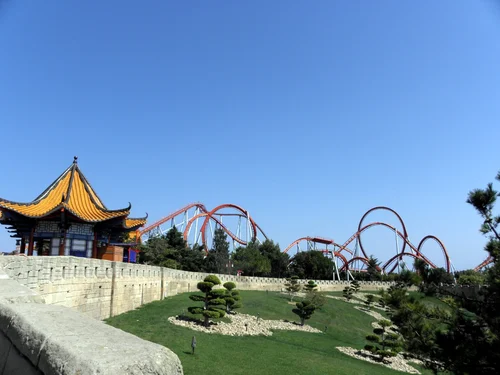
Port Aventura
Port Aventura is a world-renowned theme park, located in the town of Salou in Catalonia, Spain. It's divided into six thematic areas, including the Mediterranean, Far West, Mexico, China, Polynesia, and Sesame Street. The park features a variety of thrilling roller coasters, water rides, and shows for children of all ages. It also includes Costa Caribe Aquatic Park, a water park with a Caribbean theme.

Gran Canaria
Gran Canaria is the third-largest island in the Canary Islands and has the largest population. It's often described as a 'continent in miniature' because it has so much variety to offer. From the lush green forests of the north, to the towering mountains of the center, to the desert dunes of the south, Gran Canaria is full of contrasts.
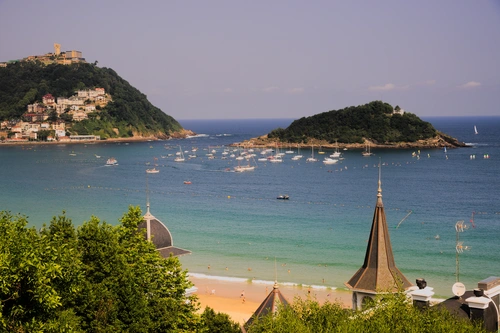
San Sebastian
San Sebastian, located in the Basque region of Spain, is known for its picturesque beaches, world-renowned food scene, and quaint old town. With a population of just over 180,000, it is a small city with a lot to offer. The beaches are clean and sandy, perfect for swimming and sunbathing. The old town, Parte Vieja, is full of narrow, winding streets, colourful buildings, and charming tapas bars.

Tenerife
Tenerife, the largest of Spain’s Canary Islands, is wildly popular amongst tourists from all around the globe. Known for its stunning beaches, lively resorts, and vibrant nightlife, it also offers a wealth of natural beauty. Its diverse landscapes encompass Spain’s highest peak at Mount Teide, lush forests, and breathtaking cliffs. This blend of leisure and nature makes Tenerife a dream destination for travelers.
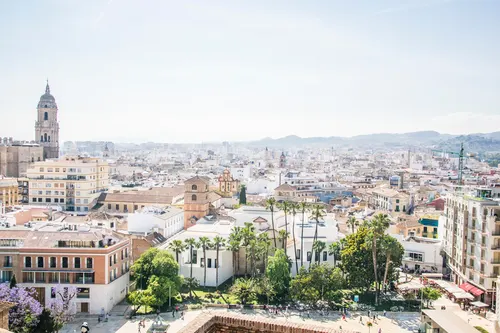
Malaga
Malaga is a lively, prosperous city on Spain's Costa del Sol, known for its sandy beaches, high-rise hotels and resorts, and the yellow-domed Cathedral of Malaga. A hilltop citadel, the Alcazaba, and the nearby ruins of a Roman theater recall the city's history as a significant port under Roman and Moorish rule.
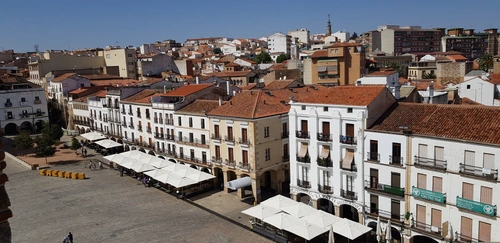
Caceres
Caceres, a city in western Spain's Extremadura region, is known for its medieval quarter, Ciudad Monumental, with cobbled streets and a mix of Moorish, Gothic, and Italian Renaissance architecture. The city's ancient defensive walls, which surround almost the entire old town, have remained largely intact. Caceres is also famous for its gastronomy, and it's a perfect place to try the specialties of Extremadura's rural cuisine.
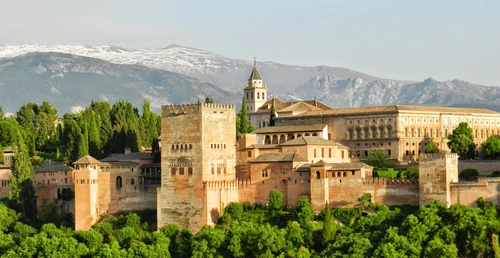
Granada
Granada, a city located in Andalusia in southeastern Spain, is known for the Alhambra, an intricate fortress and palace complex from the Moors’ rule in the Middle Ages. Other landmarks include the Cathedral of Granada, the Granada Science Park, and the old Moorish quarter of Albaicín.

Cabo de Gata
Cabo de Gata is a beautiful nature reserve situated in Andalusia, Spain. Characterized by volcanic landscapes, crystal-clear waters, and diverse flora and fauna, the spot is a paradise for nature lovers. The region boasts some of the cleanest, sandy beaches along the Spanish coastline. Besides, there are spectacular fishing villages and hiking trails to explore in the park.
